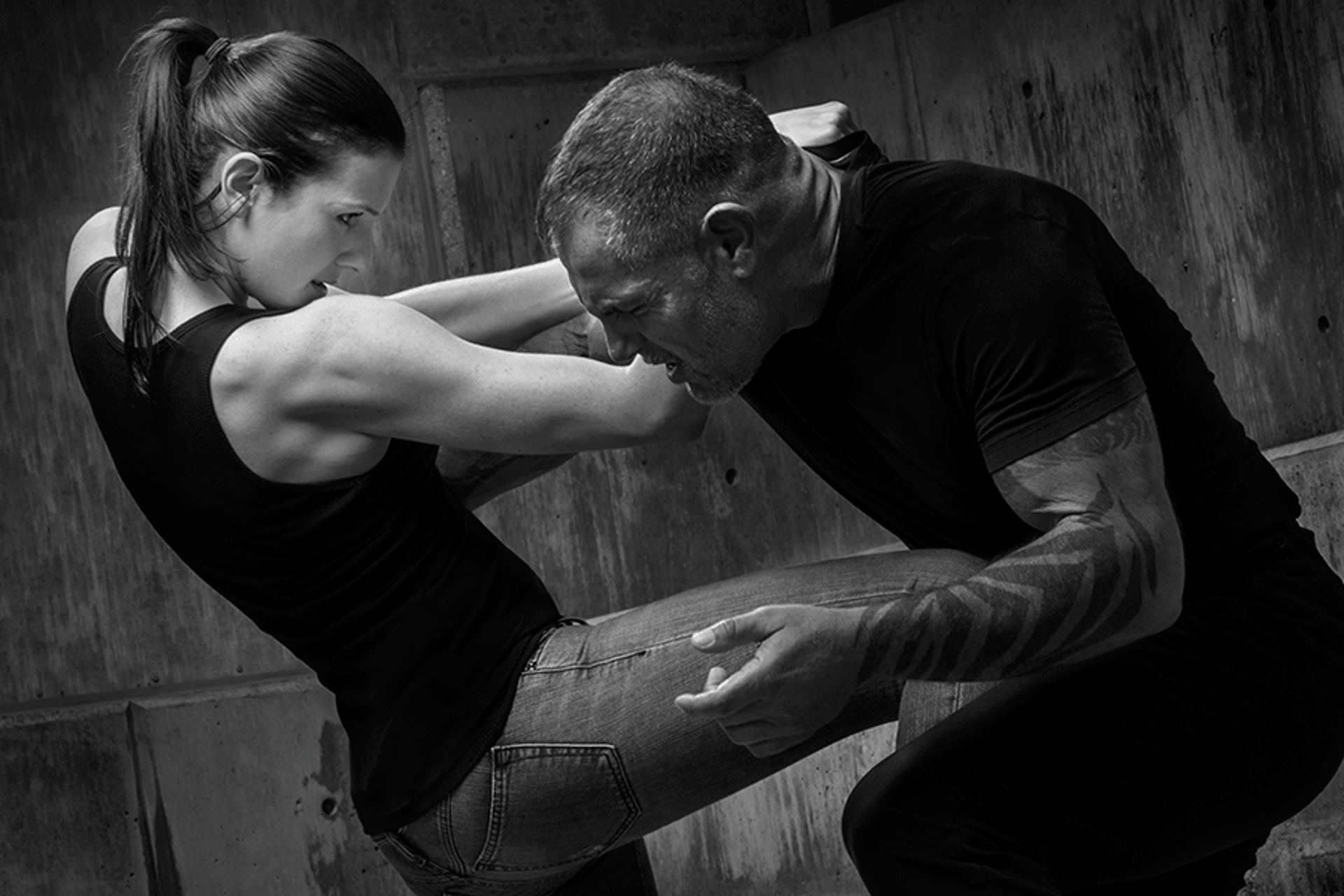The History and Origins of Taekwondo: A Journey from Tradition to Global Recognition
Taekwondo, a martial art characterized by its dynamic kicks and powerful strikes, is more than just a method of self-defense—it’s a cultural treasure of Korea and a globally celebrated discipline. Rooted in ancient Korean traditions, Taekwondo has evolved over centuries into a modern sport, embodying the spirit of perseverance, discipline, and respect.
Ancient Roots: The Genesis of Taekwondo
The origins of Taekwondo trace back to ancient Korea, where early martial practices were developed as a means of survival and self-defense. During the Three Kingdoms Period (57 BCE–668 CE), the foundations of Taekwondo were laid with influences from Taekkyon (택견), a traditional Korean martial art emphasizing fluid and powerful kicking techniques.
Taekkyon practitioners often referred to their art as a blend of combat and dance, with the phrase “몸과 마음이 하나가 되는 예술” ("The art where the body and mind become one") encapsulating its essence. Historical murals from the Goguryeo Kingdom depict warriors practicing Taekkyon-like movements, showcasing its importance in training soldiers and preserving cultural identity.
The Influence of Buddhism and Confucianism
During Korea’s unification under the Silla Dynasty (668–935 CE), the Hwarang, an elite group of young warriors, played a crucial role in the development of martial arts. Guided by Buddhist and Confucian principles, the Hwarang emphasized moral virtues alongside physical training. Their code of ethics, known as Hwarangdo (화랑도), stressed loyalty, respect, and courage, values that remain integral to Taekwondo philosophy today.
The phrase “무도는 단지 싸움의 기술이 아니라 삶의 방식이다” ("Martial arts are not merely techniques of combat but a way of life") reflects this harmonious blend of ethics and physicality.
Survival through Adversity
As Korea transitioned through various dynasties, martial arts like Taekkyon faced suppression, particularly during the Joseon Dynasty (1392–1897), when Confucian ideals placed greater emphasis on scholarly pursuits over physical combat. Despite this, Taekkyon survived in rural areas, practiced in secrecy to preserve its legacy.
The Japanese occupation of Korea (1910–1945) further threatened indigenous martial arts, as the colonizers banned Korean traditions, including Taekkyon. However, resilient practitioners continued to practice in secret, preserving their techniques and spirit.
The Birth of Modern Taekwondo
Following Korea’s liberation in 1945, martial artists sought to revive and unify their traditions. Various martial art schools, or kwans (관), emerged, blending elements of Taekkyon, Japanese Karate, and Chinese martial arts. By the 1950s, efforts to unify these schools under a single system led to the establishment of Taekwondo.
The term "Taekwondo", introduced in 1955 by General Choi Hong Hi, combines three Korean words:
Tae (태): To kick or smash with the foot.
Kwon (권): To strike with the fist.
Do (도): The way or path.
Choi’s vision emphasized that Taekwondo was more than physical combat—it was a way of life, rooted in discipline and moral development. He famously said, “태권도는 단순한 스포츠가 아니라 삶의 철학이다” ("Taekwondo is not merely a sport but a philosophy of life").
Global Expansion and Recognition
The spread of Taekwondo beyond Korea began in the 1960s, as Korean masters traveled the world to share their art. The establishment of the Korea Taekwondo Association (KTA) in 1961 and the World Taekwondo Federation (now World Taekwondo) in 1973 facilitated its global reach.
Taekwondo’s dynamic techniques, such as the spinning back kick and the 540-degree kick, captivated audiences worldwide. The art’s focus on discipline, respect, and perseverance resonated with practitioners across cultures. By 1988, Taekwondo made its Olympic debut as a demonstration sport in Seoul, achieving full medal status at the 2000 Sydney Olympics.
Rising stars like Hadi Saei (Iran) and Jade Jones (UK) have carried Taekwondo’s legacy onto the world stage, inspiring new generations of practitioners.
Training and Philosophy: The Essence of Taekwondo
Modern Taekwondo training incorporates rigorous physical drills and mental discipline. Practitioners spend hours perfecting their kicks, forms (poomsae, 품새), and sparring techniques. The philosophical tenets, encapsulated in the Taekwondo Oath, guide students to uphold integrity, perseverance, self-control, and indomitable spirit.
A popular Korean saying, “한 번 넘어지면 두 번 더 일어서라” ("If you fall once, rise twice"), embodies the resilience instilled through Taekwondo training.
Controversies and Challenges
Despite its global success, Taekwondo has faced challenges. The emergence of rival martial arts like MMA has sparked debates over its effectiveness in real combat. Additionally, disputes within governing bodies have occasionally hindered progress. However, Taekwondo’s adaptability and enduring cultural significance ensure its relevance in the modern martial arts landscape.
Legacy and Future
Taekwondo’s journey from the battlefields of ancient Korea to Olympic arenas highlights its adaptability and universal appeal. The art has transcended its origins, uniting millions under its banner. It serves as a testament to the resilience of Korean culture and the enduring power of martial arts.
As Grandmaster Kwon Jae Hwa once said, “태권도는 단지 기술이 아니라 문화와 유산이다” ("Taekwondo is not just a technique but a culture and heritage").
Taekwondo’s future is bright, with efforts to modernize its techniques, promote inclusivity, and inspire new generations. As practitioners around the globe tie their belts and bow before their instructors, they carry forward a legacy that began centuries ago—a legacy of strength, respect, and unity.

